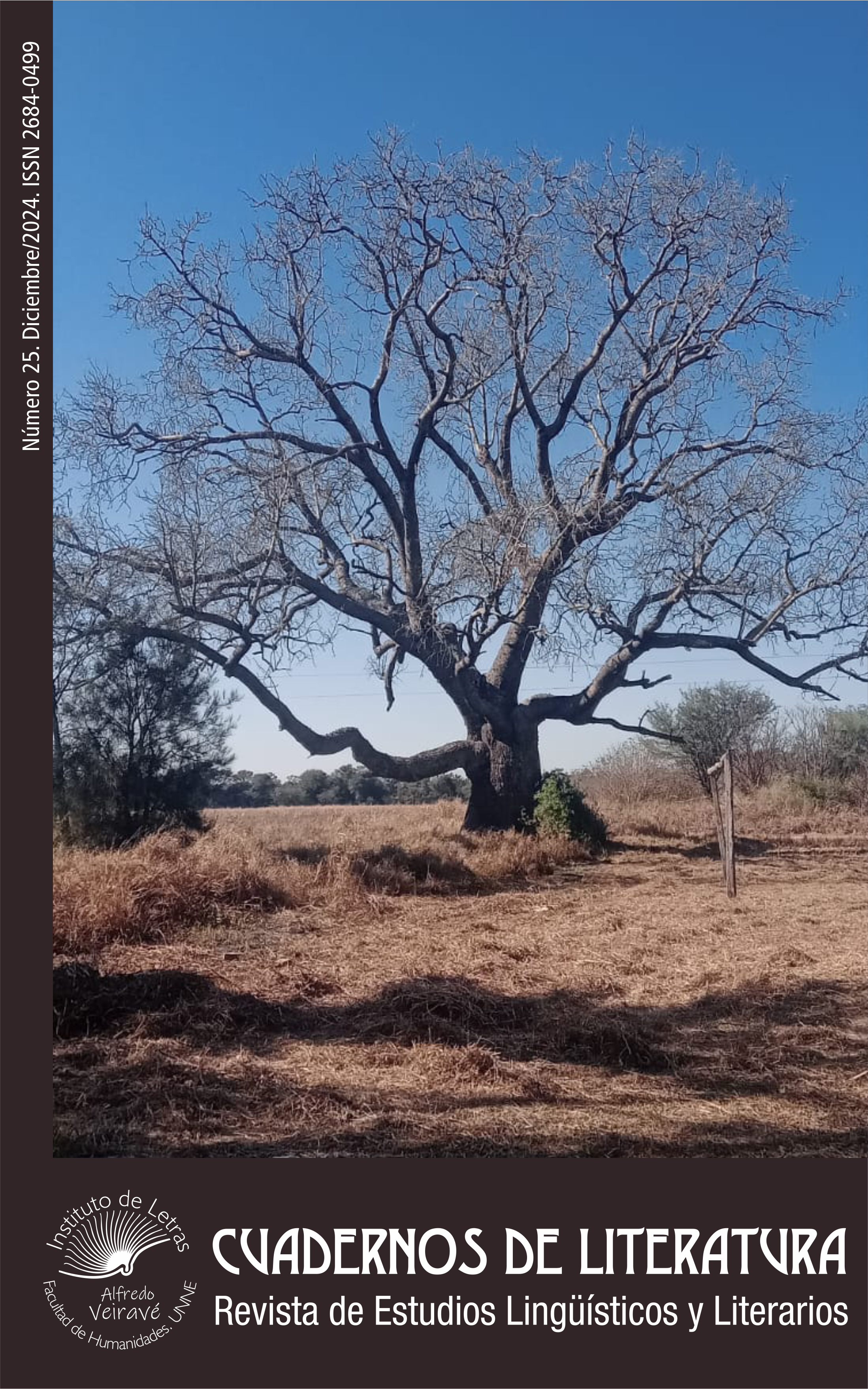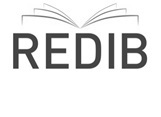Velar and Uvular Consonants in Qomleʔk (Salta, Argentina)
DOI:
https://doi.org/10.30972/clt.256630Keywords:
acoustic phonetics, Qom language, dorsal consonants, spectral peakAbstract
The study of velar and uvular consonants in the Qom language (Guaycuruan family) is a topic of interest, since previous studies present different positions of analysis regarding their phonological status, distribution and phonetic realizations. This article aims to take an approach to the acoustic analysis of velar and uvular consonants identified in the Qomleʔk dialect spoken in the province of Salta. To verify the contrast between velar and uvular places of articulation in initial, medial, and final positions, acoustic measurements were performed. These measurements focused on key features, including the frequency of the spectral peak in the burst spectrum and the transitions of the second and third formants (F2 and F3) from the consonant burst to the onset of the following vowel.
References
Boersma, Paul y Weenink, David. (2022). Praat: doing phonetics by computer [Programa de computadora, Versión 6.2.14]. http://www.praat.org/
Bucca, Salvador. (1964). Notas y elicitaciones de palabras. Toba. Repositorio Digital Archivo DILA. Laboratorio de Documentación e Investigación en Lingüística y Antropología (DILA), Área de Investigación, CAICYT - CONICET.
Carpio, María Belén. (2012). Descripción tipológico-funcional de la lengua hablada por grupos tobas en el oeste de la provincia de Formosa (Argentina) [Tesis de doctorado]. Universidad Nacional de Córdoba.
Carpio, María Belén y Mendoza, Marcela. (2018). Tobas occidentales del Chaco Boreal (Sudamérica): Evidencia de contactos etnohistóricos y lingüísticos. Indiana, 35(1), 165-189.
Censabella, Marisa Inés. (2002). Descripción funcional de un corpus en lengua toba (familia Guaycurú, Argentina). Sistema fonológico, clases sintácticas y derivación. Aspectos de sincronía dinámica [Tesis de doctorado]. Universidad Nacional de Córdoba.
Censabella, Marisa Inés. (2009). Chaco ampliado. En Sichra, Inge (ed.), Atlas sociolingüístico de los pueblos indígenas de América Latina. Tomo I. (pp. 145-172). Cochabamba, UNICEF/FUNDPROEIB.
Comrie, Bernard; Golluscio, Lucía; González, Hebe y Vidal, Alejandra (2010). El Chaco como área lingüística. En Estrada Fernández, Zarina y Arzápalo Marín, Ramón (eds.), Estudios de lenguas amerindias 2: Contribuciones al estudio de las lenguas originarias de América (pp. 85-132). Hermosillo, Universidad de Sonora
Fujimora, Osamu y Erickson, Donna. (1999). Acoustic Phonetics. En Hardcastle William y Laver John (eds.), The Handbook of Phonetic Sciences. Blackwell Publishing. https://www.doi.org/10.1002/9781444317251
Denzer-King, Ryan. (2013). The acoustics of uvulars in Tlingit [Tesis de maestría]. The State University of New Jersey, Graduate School-New Brunswick.
González, Raúl. (2015). Estudio fonológico y morfosintáctico de la lengua toba hablada en el este de la provincia de Formosa (Argentina). LINCOM Studies in Native American Linguistics.
Klein, Harriet Esther. (1975). A Grammar of Argentine Toba: Verbal and Nominal Morphology. Publisher, Xerox University Microfilms.
Messineo, Cristina. (2003). Lengua toba (guaycurú). Aspectos gramaticales y discursivos. München, LINCOM Europa Academic Publishers.
Kent, Raymond y Read, Charles. (1992). The Acoustic Analysis of Speech. San Diego, California, Singular Publishing Group.
Ladefoged, Peter y Maddieson, Ian. (1996). The Sounds of the World's Languages. Blackwell Publishers.
Ladefoged, Peter. (2001). Phonetic structures of Aleut. Journal of Phonetics, 29, 469-492.
Stevens, Kenneth N. (1999). Acoustic phonetics, (30). https://doi.org/10.7551/mitpress/1072.001.0001
Stevens, Kenneth. N., y Blumstein, Sheila E. (1978). Invariant cues for place of articulation in stop consonants. The Journal of the Acoustical Society of America, 64(5), 1358-1368. https://www.doi.org/10.1121/1.382102
Downloads
Published
Versions
- 2025-03-20 (2)
- 2025-03-18 (1)









52.jpg)









